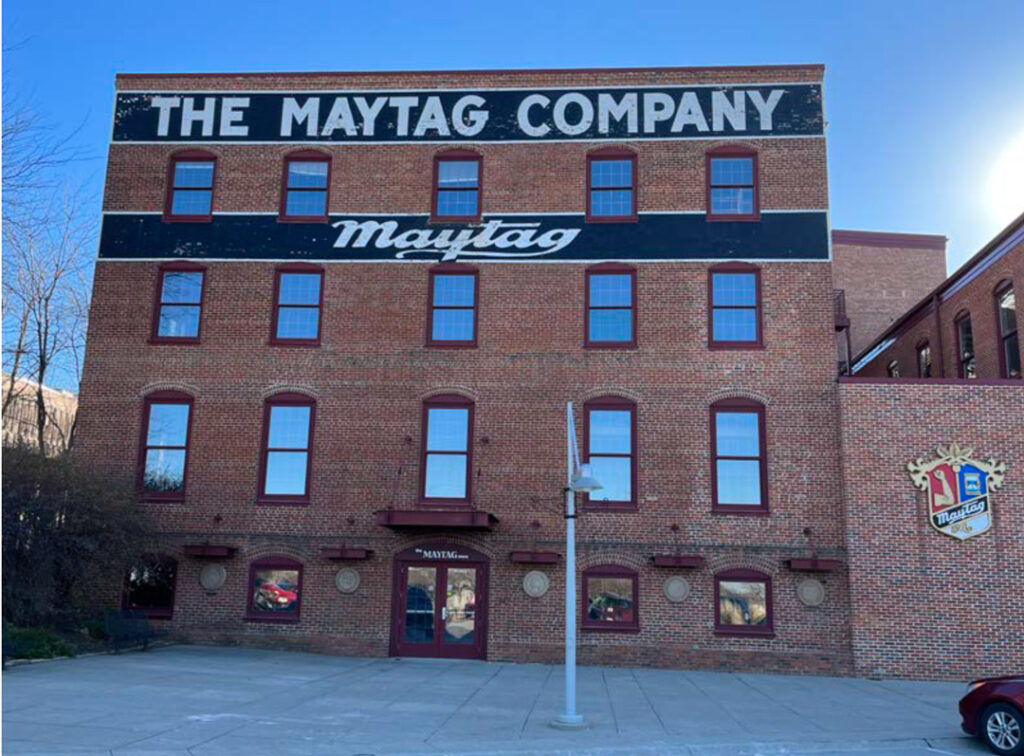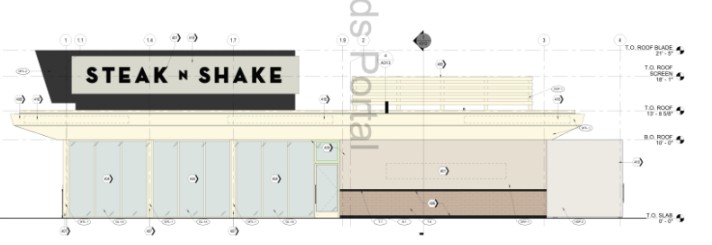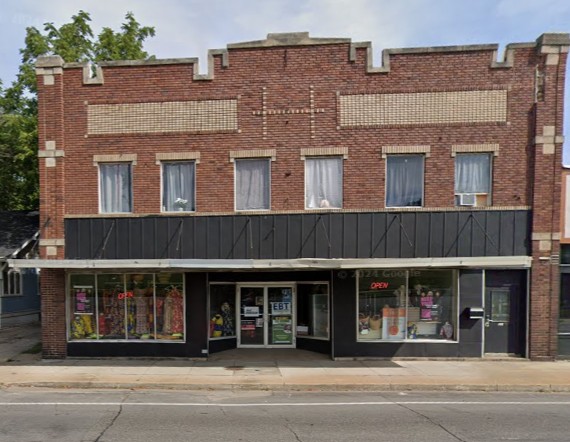Andrea Hauer: ‘Lucky to have her’

KENT DARR Aug 5, 2015 | 10:40 pm
3 min read time
797 wordsBusiness Record Insider, Government Policy and Law, Real Estate and Development

Hauer died July 31 after suffering a massive stroke 11 days before. She was 59. She was planning for retirement, no doubt to search for subject matter and locales that would trigger the wonderings of her expansive intellect, unquenchable curiosity and truly quixotic personality.
She worked for the city for 31 years, after working four years for the city of Iowa City. Hauer obtained both bachelor’s and master’s degrees at the University of Iowa. Once, while a graduate student, she read an entire section of books at the university’s library because her office was located in the library and, as she told a reporter, it was a pleasant way to pass the time in a quiet place.
Developer Jake Christensen, a developer who shared Hauer’s fascination with the city’s history and its old buildings, said the city could not afford to let her retire.Too much knowledge would go out the door with her.
Reporters were referred to Hauer when they had a question about a complicated economic development package or the historic layout of city streets or the location of the former Northland Dairy.
That question could lead to a discussion of period-appropriate front doors or a special Christmas confection that she planned to bake, complete with ingredients and its roots in, let’s say, Portuguese culture. A conversation with Hauer was a pleasant journey through the past and the present.
“She always made sure when I scheduled something with her that I didn’t schedule anything for the hour after the meeting because we would just sit and talk,” said Angie Pfannkuch, who took many projects before Hauer as a development consultant and owner’s representative.
One of those projects was the $35 million renovation of American Enterprise Group Inc.’s iconic headquarters at 601 Sixth Ave. Part of that property sits along Watson Powell. When talking about the project with Hauer, it had to be Keosauqua Way.
“I was always asking, ‘What are you talking about?’ ” Pfannkuch said.
It should be pointed out here that this reporter once asked Hauer about the street that snakes its way through downtown’s northern gateway and emerged with four digital pages of single-spaced notes, most of them about the history of the street.
It was the conversation that followed the question that many acquaintances remember.
“She always had a story that didn’t necessarily relate to the project or the subject at hand,” Christensen said.
For Christensen, she often had a test.
“Frequently, I would walk into her office and she would have a picture from 1910 or 1860, and the quiz was, where was it taken,” he said. “I can picture her standing there with a smirk on her face, trying to stump me on downtown history.”
Hauer was noted for her collection of photographs and postcards of what seems like ancient Des Moines. Christensen placed the number at 5,000 images.
Some were organized, some were not. She planned to put them all in order “after I retire,” she told a reporter who wanted to do a story about the archive.
In a document called “Des Moines MISC.!” that she prepared for a presentation earlier this summer for Drake University’s Ray Society, Hauer sampled photos from 1895 of religious structures in Piety Hill, north of Grand Avenue, and a toppled streetcar that, in 1916, didn’t make the turn at East Sixth Street onto East Grand, among many others.
Christensen said he dreaded following Hauer a week later at a Ray Society meeting, thinking, “I’m going to look like an idiot.”
Hauer wasn’t shy about making herself look a little silly.
Landscape architect Brian Clark said his firm, Confluence, once sent out cards celebrating Groundhog Day that included a groundhog face that could be cut out and worn as a mask. The firm sent out 5,000 cards.
The lone reply came in an email from Hauer, who took a picture of herself wearing the mask and the caption “Fun times.” The mask stayed in her City Hall office.
Good humor aside, it was her steady hand as a planner that the city will miss the most, Clark said.
“She had so much historical knowledge of the city, and she has been a constant source of knowledge on good planning,” he said.
Pfannkuch said there have been several times in recent days that she has had a question about a development project that she thought Hauer could answer.
“I thought, I’ll just call Andrea,” she said. “We were lucky to have her.”










